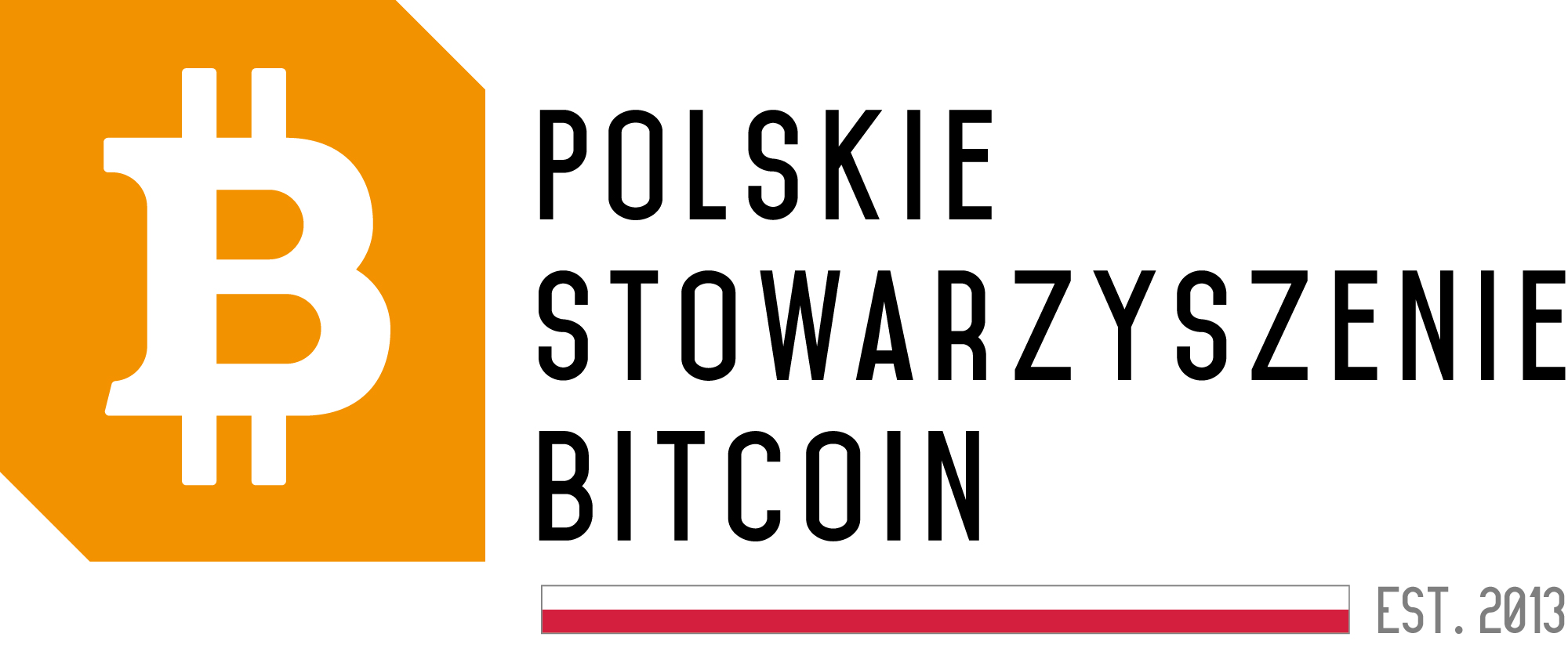The Difficulty of Mining Bitcoin (BTC) Increases Ahead of the Upcoming Halving
Currently, the difficulty of mining Bitcoin has reached a record level of 86.4 trillion, representing a 3.4% increase compared to the previous setting at 83 trillion. In the next few days, specifically in 13 days, another adjustment in mining difficulty is expected, and in just eight days, the highly anticipated halving is scheduled to take place.
What Is Bitcoin Mining Difficulty?
Bitcoin mining difficulty measures the level of difficulty and time required to mine a new block or solve mathematical puzzles within the Bitcoin proof-of-work (PoW) consensus mechanism. It is a crucial aspect that influences the stability and security of the cryptocurrency network.
How Is Mining Difficulty Adjusted?
The adjustment of Bitcoin mining difficulty occurs every 2,016 blocks, on average every two weeks. This is done to maintain the target block time of 10 minutes. Mining difficulty is directly related to the estimated computational power of miners participating in the process of producing new coins.
Development of Computational Power in the Context of Mining Difficulty
With the increasing mining difficulty of Bitcoin, a growth in the network’s computational power can be observed. For example, from March 28 to April 10, the BTC computational power increased from around 619 exahashes per second (EH/s) to 696 EH/s. It is worth noting that the ongoing difficulty adjustments may affect this development dynamic.
Forecasts Regarding Computational Power Related to the Halving
Analysts predict that after the upcoming halving, expected in 2024, the BTC computational power may decrease. It is estimated that up to 20% of the current Bitcoin computational power may be switched off due to decreased mining profitability.
Market Dominance by Eight ASIC Mining Models
According to a 2023 analysis, over 70% of the Bitcoin computational power was generated by eight ASIC mining models. This phenomenon could shape the future mining landscape of the cryptocurrency and influence the decentralization of the mining process going forward.
The above information demonstrates the significance of Bitcoin mining difficulty development and the potential impacts of the upcoming halving on the entire cryptocurrency network. Monitoring these changes allows for a better understanding of the mechanisms behind Bitcoin’s operation and forecasting possible market changes in the cryptocurrency space.






